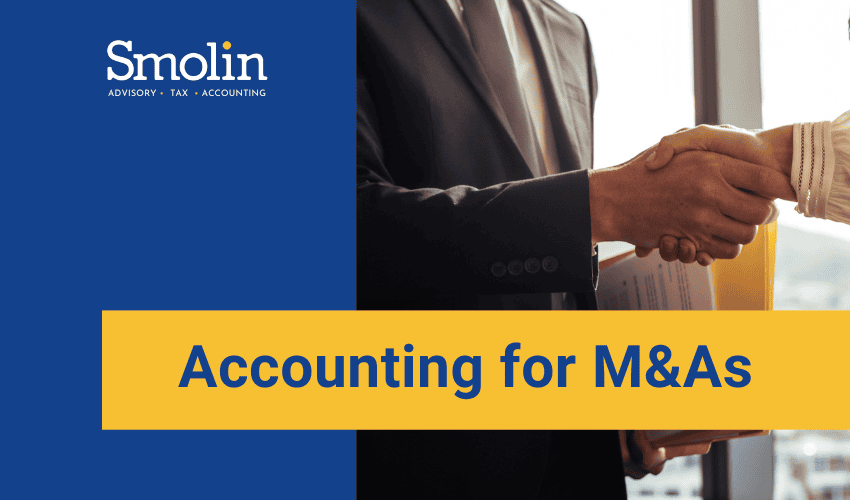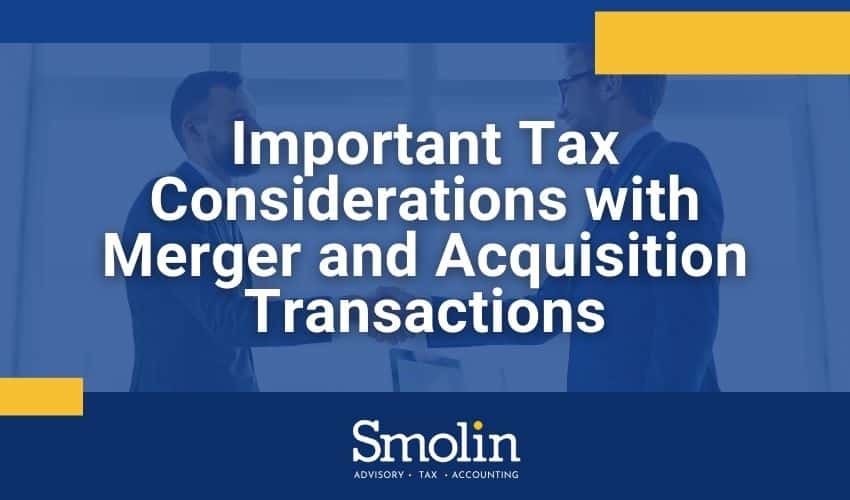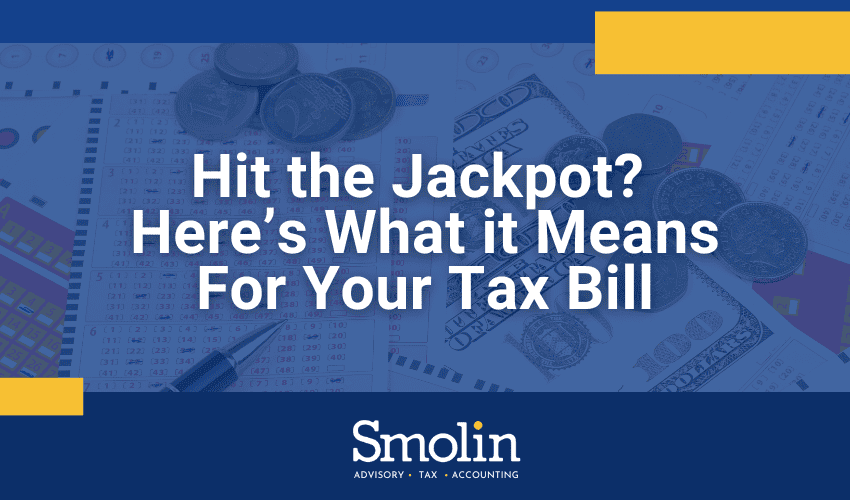Are you considering sharing ownership of an asset jointly with your child (or another heir) in an effort to save time on estate planning? Though appealing, this approach should be executed with caution. This is because it can open the door to unwelcome consequences that might ultimately undermine your efforts.
There are some advantages to owning an asset, such as a car, brokerage account, or piece of real estate, with your child as “joint tenants with right of survivorship.” The asset will automatically pass to your child without going through probate, for example.
Still, it may also lead to costly headaches down the line, such as the following,
Preventable transfer tax liability
When your child is added to the title of property you already own, they could become liable for a gift tax on half of the property’s value. When it’s time for them to inherit the property, half of the property’s value will be included in your taxable estate.
Higher income taxes
As a joint owner of your property, your child won’t be eligible to benefit from the stepped-up basis as if the asset were transferred at death. Instead, they could face a higher capital gains tax.
Risk of claims by creditors
Does your child have significant debt, such as student debt or credit card debt? Joint ownership means that the property could be exposed to claims from your child’s creditors.
Shared use before inheritance
By making your child an owner of certain assets, such as bank or brokerage accounts, you legally authorize them to use those assets without your knowledge or consent. You won’t be able to sell or borrow against the property without your child’s written consent, either.
Unexpected circumstances
If your child predeceases you unexpectedly, the asset will be in your name alone. You’ll need to revisit your estate plan to create a new plan for them.
Less control
If you believe your child is too young to manage your property immediately, making them a joint owner can be a risky move. When you pass, they’ll receive the asset immediately, whether or not they have the financial maturity—or ability—to manage it.
Questions? Smolin can help.
Even if joint ownership isn’t the best strategy for your estate planning needs, it may still be possible to save time and money on the estate planning process with a well-designed trust. Contact the friendly team at Smolin to learn more about the estate planning measures available to you.









